A report has been published that summarises the work carried out by Patient Safety Collaboratives (PSCs) in 2020 and early 2021 to support the national response to the COVID-19 pandemic.
COVID-19 patient safety response looks at the roll-out of two patient self-monitoring pathways, COVID Oximetry @home and COVID virtual wards, both designed to allow vulnerable people’s care to be managed safely at home.
This followed the successful spread of a tracheostomy care bundle, designed to support staff, in expectation of a rising number of Covid patients requiring ventilation.
The report highlights ten areas of learning from the process of setting up and spreading these programmes at pace, and practices that may be useful for the future delivery of rapid safer care initiatives.
Read the full report.
Safer tracheostomy care
As part of its COVID-19 programme, in March 2020 the National Patient Safety Improvement Programme (NatPatSIP) identified the likelihood of an increase in the number of patients requiring a tracheostomy, and the potential that such patients could be cared for by healthcare staff who were relatively unfamiliar with tracheostomy management.
A collaborative approach was taken with the National Tracheostomy Safety Project (NTSP) and the country’s 15 Patient Safety Collaboratives (PSCs) to co-create and develop a programme that would help frontline staff to provide high quality and consistent safe daily care. As a result, 94% of trusts implemented all three key safety interventions of the tracheostomy programme.
COVID Oximetry @home and virtual wards
Another method that was proven to be both safe and effective during the pandemic was pulse oximetry, used for the detection of silent hypoxia in patients with COVID-19.
In early March 2020, clinicians noted extremely ill patients arriving at hospital with low oxygen levels, but an absence of breathlessness – so-called silent hypoxia. Clinicians suggested the monitoring and early detection of low oxygen levels at home could lead to earlier presentations and better patient outcomes, an approach which subsequently became recommended by the World Health Organisation.
The National Patient Safety Team’s Managing Deterioration Safety Improvement Programme worked with England’s 15 Patient Safety Collaboratives to undertake the rapid roll-out of patient self-monitoring pathways. This was an example of a whole system approach, led by clinical experts, with a national community of practice, patients and managers, working collaboratively to successfully deliver ground-breaking services at scale.
100% of CCGs in England had established a COVID Oximetry @home pathway service by the end of December 2020 and were fully operational by early February 2021. By the end of March 2021, 120 out of 125 acute trusts had implemented COVID virtual wards in the space of just three months.

There is a wealth of HealthTech innovators poised to help solve some of the NHS’ greatest challenges, yet getting a product or new technology adopted at scale in the NHS is far from straightforward. In a recent ABHI member’s survey*, procurement was cited as one of the biggest barriers that innovators face, particularly those from [...]

Tellmi is a social enterprise innovation which aims to address the growing demand for mental health services and tackle health inequalities for young people. It is a digital peer support app available launched in 2017 by psychologist Suzi Godson PhD and engineer Kerstyn Comley PhD. Kersytn explains how Tellmi works. Tell us about the innovation. [...]

The NHS is facing record demand for services. According to The Health Foundation, the NHS waiting list for elective treatment in England has almost tripled in size over the last decade to 7.7 million. And latest figures show there were a record 2.35 million attendances at A&E across England in March this year. We know [...]






